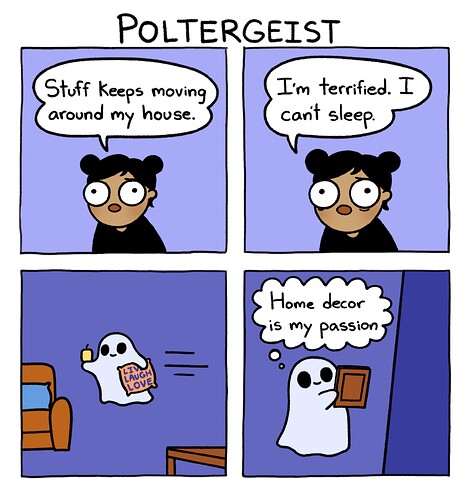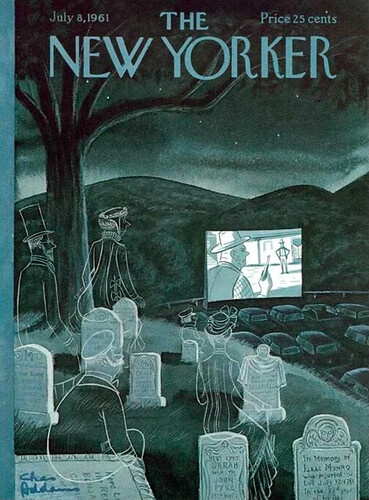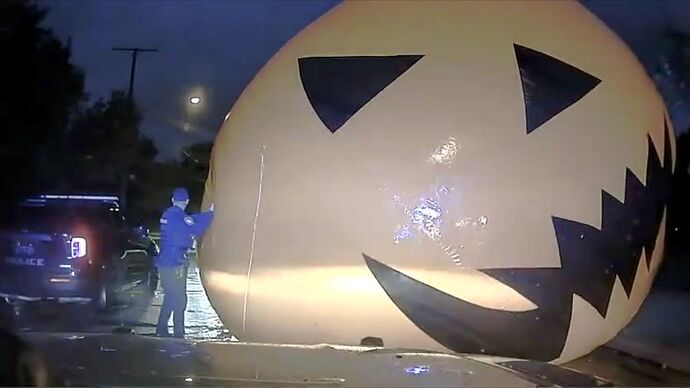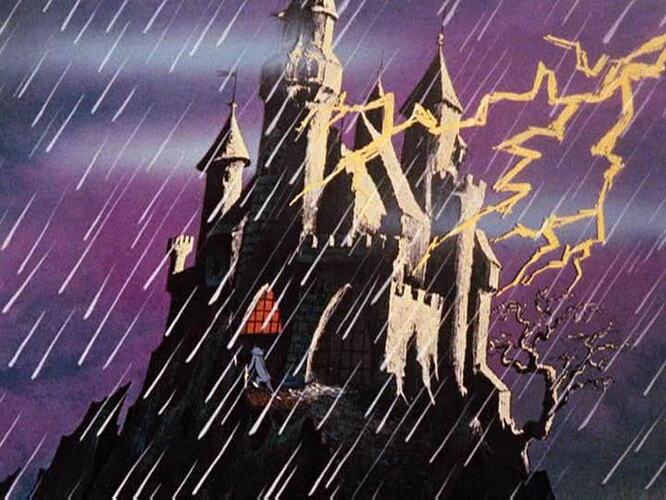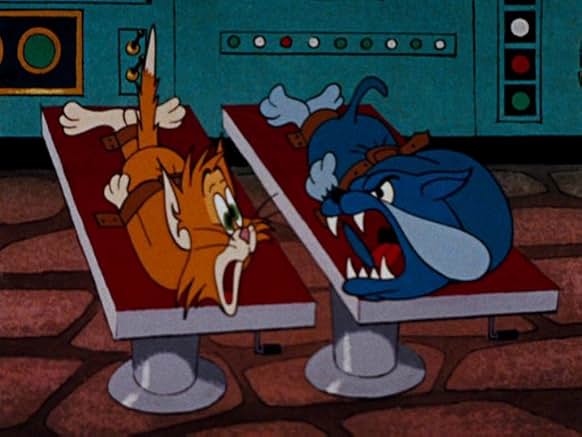I’m unfamiliar with Columbia’s animation work. I have to say I’m impressed.
I’m especially impressed by the backgrounds and the low-angle animation at 3:20.
https://tubitv.com/movies/566168/cathy-s-curse
Cathy’s Curse (Eddy Matalon 1977)
A little girl dies in a car accident alongside her recently separated father. A credits sequence and generation later, her brother and his family move into her former home. The brother’s wife is just recovering from a nervous breakdown which is not helped by the subsequent possession of her young daughter, Cathy, by the dead little girl.
This Canadian/French coproduction has been available for decades in various public domain releases. Most who have discovered it have chosen to mock it for its nonsensical plot and cheap special effects. While not remotely scary, I found it fascinatingly odd. Cathy, played by one time performer Randi Allen, acts possessed even before entering the cursed house. After the possessed little girl tries to put out the eyes of a playmate, the playmate’s mother leaves with a chipper “Thanks for the coffee.” While Mum is in the mental hospital, Dad decides it’s best to leave Cathy in the care of an elderly alcoholic handyman. And Cathy teleports around the house as if she were channeling Georges Melies and no one ever acknowledges it, even when they see it directly.
Would make a grand double feature with the even stranger Beyond the Door.
Cathy’s Curse was always my favorite Everly Brothers’ song.
Technically, it’s a Screen Gems production from before Columbia took full control over Charles (stealer of Oswald the Lucky Rabbit) Mintz’s animation studio.
It’s also Ub Iwerks remaking his own Silly Symphony The Skeleton Dance. Great animator, but he never figured out how to capture the mass audience’s imagination like Walt did.
Cherche le phantom (1968)
indeed.
“Crows” Simonetti Horror Project, 1990
Now that’s just hideous.
This one may require some explaining. In 1957, after deciding that old re-issued cartoons sold just as well as new ones, MGM closed its animation department, only to change their mind in 1960, and contract out to a Czechoslovakian animation studio for 13 new Tom and Jerry toons.
The American director, Gene Deitch, had never liked Tom and Jerry, the Eastern Bloc animators had never even seen Tom and Jerry, and MGM only provided $10,000 per short, far less than standard. The results are cheap, surreal and very much unlike the usual T&J effort. Unpopular at first, they have since developed a cult following.
Enjoy!
“It Came in the Night” by A Raincoat
Dig it!


